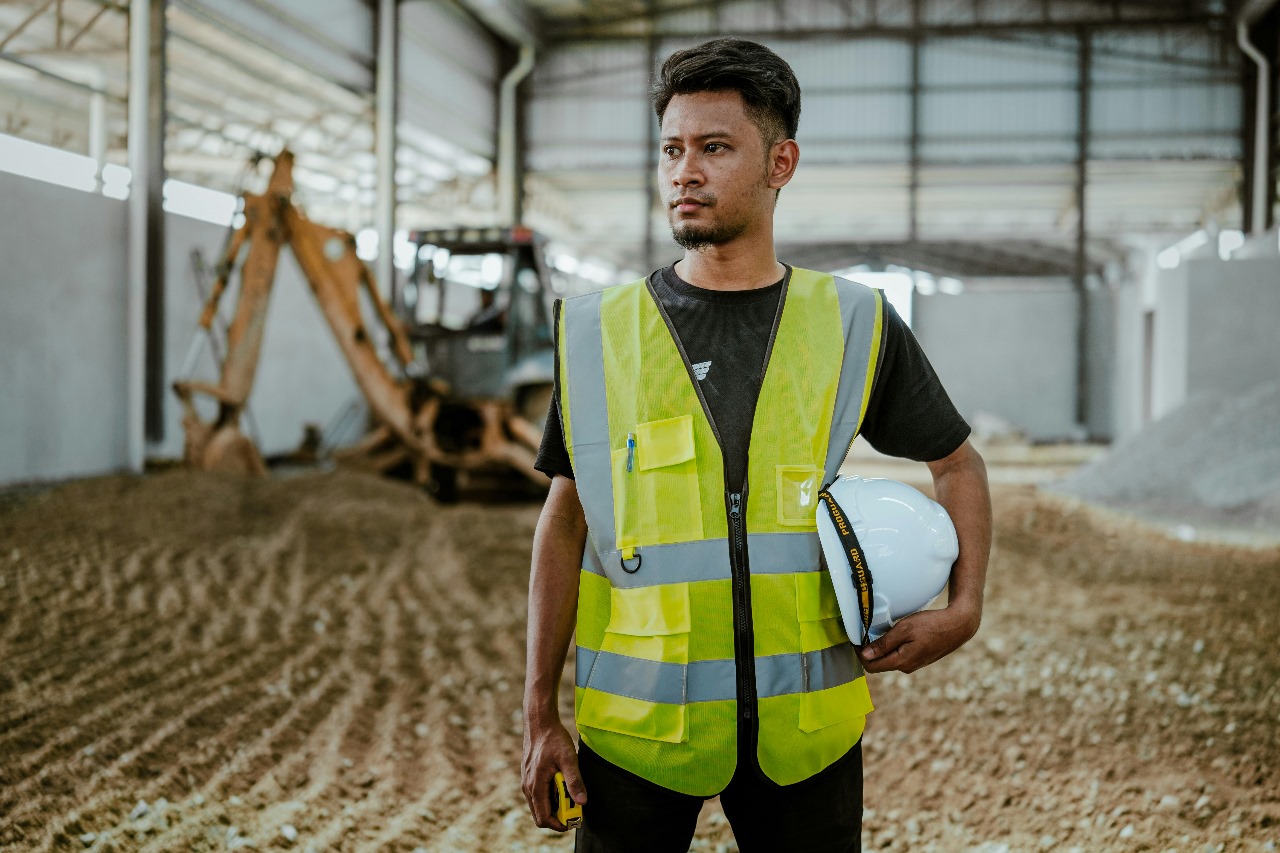In fast-paced workplaces where every second counts, safety must always come first. Organizations today are turning to Real-time safety alerts to bridge communication gaps and ensure immediate awareness of potential hazards. These smart alert systems provide instant notifications about unsafe conditions, helping employees take quick, informed actions that prevent accidents and injuries. With technology-driven alerts, companies are not only improving workplace safety but also nurturing a proactive safety culture that keeps employees vigilant and protected.
Understanding Real-Time Safety Alerts
Real-time safety alerts are digital notifications sent instantly to workers’ devices—such as smartphones, tablets, or wearables—when potential dangers are detected in the workplace. These alerts can be triggered by sensors, AI systems, or manual reporting, ensuring that safety information reaches employees the moment a threat arises. By keeping employees informed in real time, these systems help eliminate the lag that often leads to accidents or missed safety protocols.
Key Features of Real-Time Safety Alerts
Modern safety alert systems come equipped with multiple smart features that enhance their reliability and effectiveness:
- Instant Notifications: Immediate warnings about incidents like gas leaks, equipment malfunctions, or fire hazards.
- Geo-Tagging: Alerts sent based on employee location to ensure relevant information reaches the right people.
- Two-Way Communication: Enables employees to acknowledge alerts or report hazards back to supervisors.
- Integration with IoT Devices: Connected with sensors and monitoring systems to detect irregularities automatically.
- Multi-Channel Distribution: Alerts can be sent via SMS, email, app notifications, or wearable devices for maximum coverage.
Why Employee Awareness Matters
Employee awareness is the foundation of a safe work environment. Even with top-quality safety equipment and protocols, accidents can occur if workers are not aware of potential risks. Real-time safety alerts ensure that every team member—whether on the production floor, at a construction site, or in a healthcare facility—receives immediate updates about hazards, allowing for quick responses that save time and lives.
The Role of Awareness in Accident Prevention
When employees understand potential risks and know how to respond, the rate of workplace accidents drops dramatically. Real-time alerts act as a constant reminder to stay cautious and follow safety procedures. They also encourage employees to remain alert and take personal responsibility for their surroundings.
Building a Culture of Safety
A strong safety culture is built on trust, transparency, and communication. Real-time alerts enhance all three by keeping everyone informed. When employees feel their safety is prioritized through proactive alerts, they’re more engaged and compliant with safety guidelines. Over time, this fosters a workplace where everyone actively contributes to maintaining a secure environment.
How Real-Time Safety Alerts Work
These systems typically use a combination of advanced technologies to monitor workplace conditions and notify employees of potential risks.
Step 1: Detection
Sensors or monitoring systems identify abnormal conditions such as high temperatures, gas leaks, or unusual vibrations in machinery.
Step 2: Data Analysis
AI-driven systems analyze this data in real time, distinguishing between normal fluctuations and real hazards.
Step 3: Instant Notification
Once a threat is confirmed, alerts are automatically sent to all relevant employees. The notification includes critical details like the type of hazard, its location, and recommended actions.
Step 4: Response and Resolution
Employees respond immediately by following emergency protocols or evacuating if necessary. Supervisors receive confirmation that the alert was received and acted upon, enabling faster resolution.
Benefits of Real-Time Safety Alerts for Businesses
Integrating real-time alert systems into workplace safety programs provides measurable benefits that extend beyond just compliance.
1. Faster Response Time
Quick reaction to hazards can mean the difference between a minor incident and a serious accident. Real-time safety alerts eliminate delays by notifying workers instantly, allowing them to respond before situations escalate.
2. Reduced Workplace Injuries
When employees are constantly informed about changing conditions, the likelihood of injury decreases. Alerts ensure that no one remains unaware of hazards like chemical leaks, equipment failures, or unsafe weather conditions.
3. Improved Productivity
A safer workplace is a more productive one. Employees who feel secure and informed can focus better on their tasks, without fear or distraction. Reduced downtime from accidents also means continuous operations.
4. Enhanced Compliance
Many industries are required to meet safety regulations set by bodies like OSHA or ISO. Real-time safety alerts help businesses maintain compliance by documenting alert history, responses, and safety actions, simplifying audits and reporting.
5. Strengthened Employee Trust
When organizations invest in advanced safety solutions, employees notice. Real-time alerts demonstrate a company’s genuine commitment to worker well-being, fostering loyalty and job satisfaction.
Implementing Real-Time Safety Alerts Effectively
While the technology is powerful, the success of any safety alert system depends on proper implementation.
Conduct a Workplace Risk Assessment
Before installation, identify key hazards and areas where alerts would be most beneficial. This ensures that alerts are relevant and targeted to specific risks.
Choose the Right Alert System
Not all safety alert platforms are created equal. Businesses should choose systems that integrate with existing equipment and communication tools, offer multi-channel alerts, and provide data analytics for tracking performance.
Train Employees Thoroughly
Even the most advanced system is ineffective if employees don’t know how to use it. Provide clear training sessions that explain how alerts work, what to do when one is received, and how to respond effectively in emergencies.
Test and Update Regularly
Regular testing ensures that the system functions properly and that alerts reach the intended recipients. Updates should also be made to accommodate new workplace hazards or process changes.
Real-World Applications Across Industries
Real-time safety alerts are versatile and can be tailored to fit the unique needs of various industries.
Manufacturing and Industrial Sites
In factories or production plants, these alerts monitor machinery performance, detect overheating, and notify workers of chemical spills or electrical faults.
Construction
On construction sites, alerts can warn about heavy machinery movements, unstable structures, or weather-related dangers like lightning or strong winds.
Healthcare
Hospitals and healthcare facilities use real-time alerts to inform staff of emergencies such as fire, security breaches, or equipment malfunctions that affect patient safety.
Transportation and Logistics
Drivers and logistics teams receive alerts about hazardous road conditions, vehicle breakdowns, or loading zone accidents, reducing the risk of injury or cargo loss.
Energy and Mining
In high-risk sectors like oil, gas, and mining, real-time alerts are lifesaving. They warn workers about toxic gases, underground collapses, or machinery issues, allowing for swift evacuation and rescue.
The Future of Real-Time Safety Alerts
As technology evolves, real-time safety alert systems are becoming smarter, more predictive, and more interconnected. Integration with AI, IoT, and wearable tech is taking workplace safety to the next level.
Predictive Analytics
Instead of reacting to incidents, future systems will predict hazards before they happen by analyzing historical data and identifying risky patterns.
Integration with Wearables
Smart helmets, vests, and watches equipped with sensors can send and receive alerts, monitor vital signs, and track employee locations during emergencies.
Cloud-Based Safety Management
Cloud integration ensures data accessibility from anywhere, enabling managers to oversee safety performance across multiple sites in real time.
Conclusion: Building a Safer, Smarter Workplace
Real-time safety alerts are transforming how companies protect their people. They go beyond simple notifications—creating a connected safety network that empowers employees to act quickly and confidently in any situation. By adopting these technologies, organizations not only reduce risks but also build a culture of awareness, accountability, and care. In an era where every second matters, real-time safety alerts are not just an option—they are a necessity for any forward-thinking workplace striving to keep its employees safe and informed.



